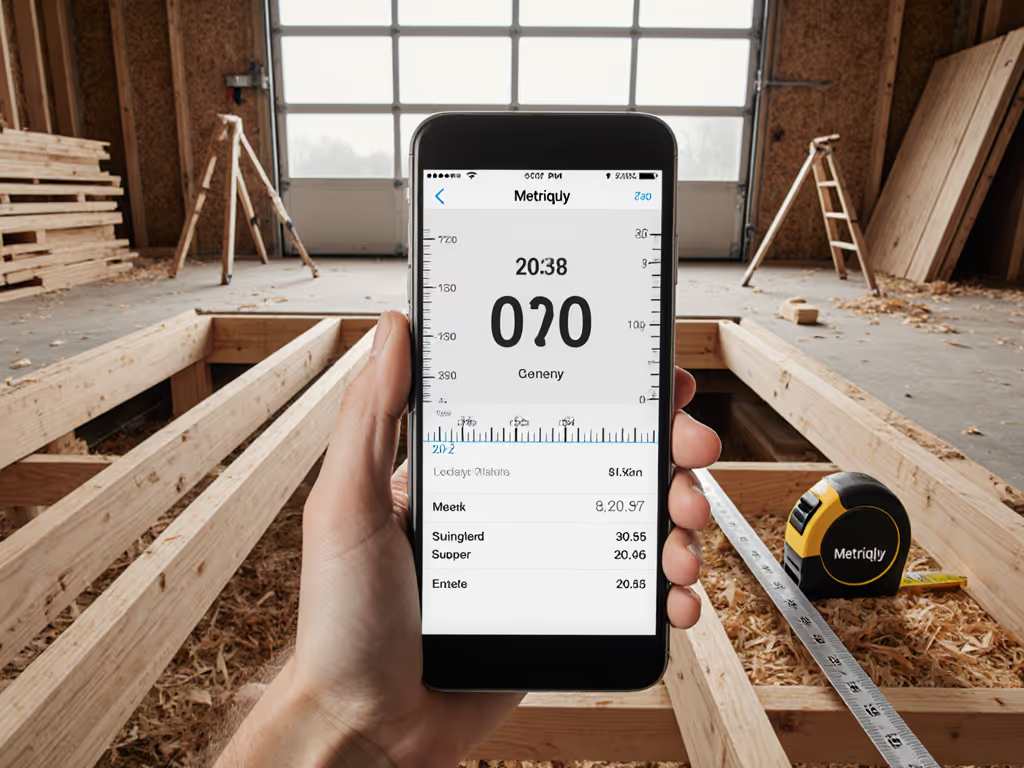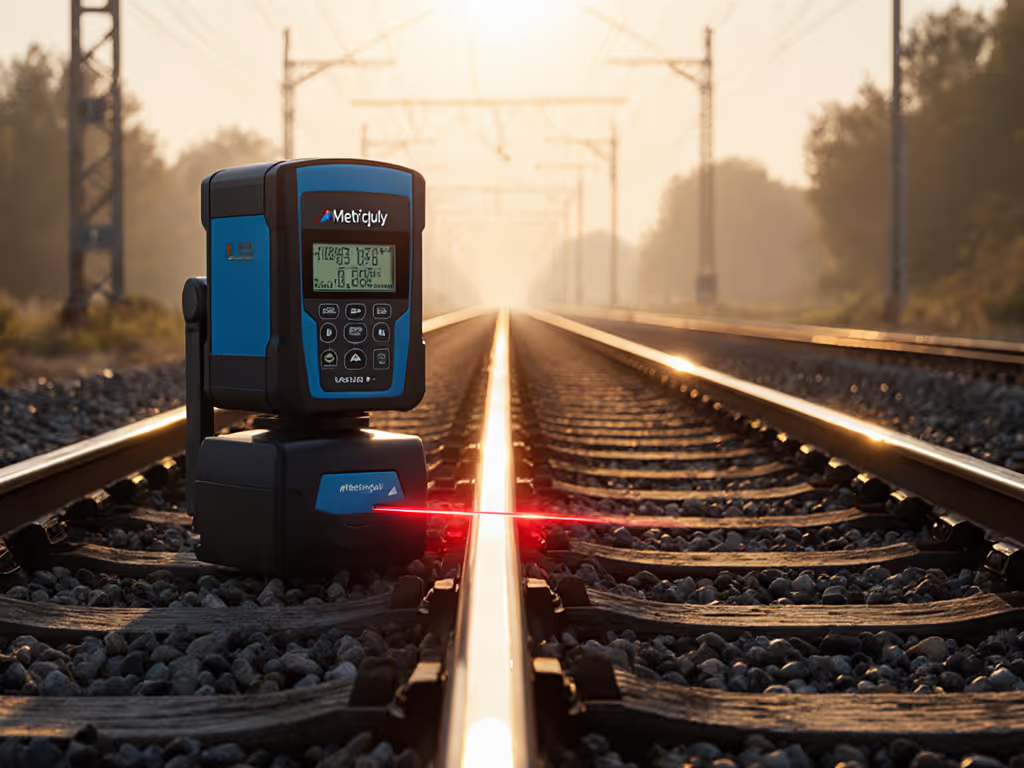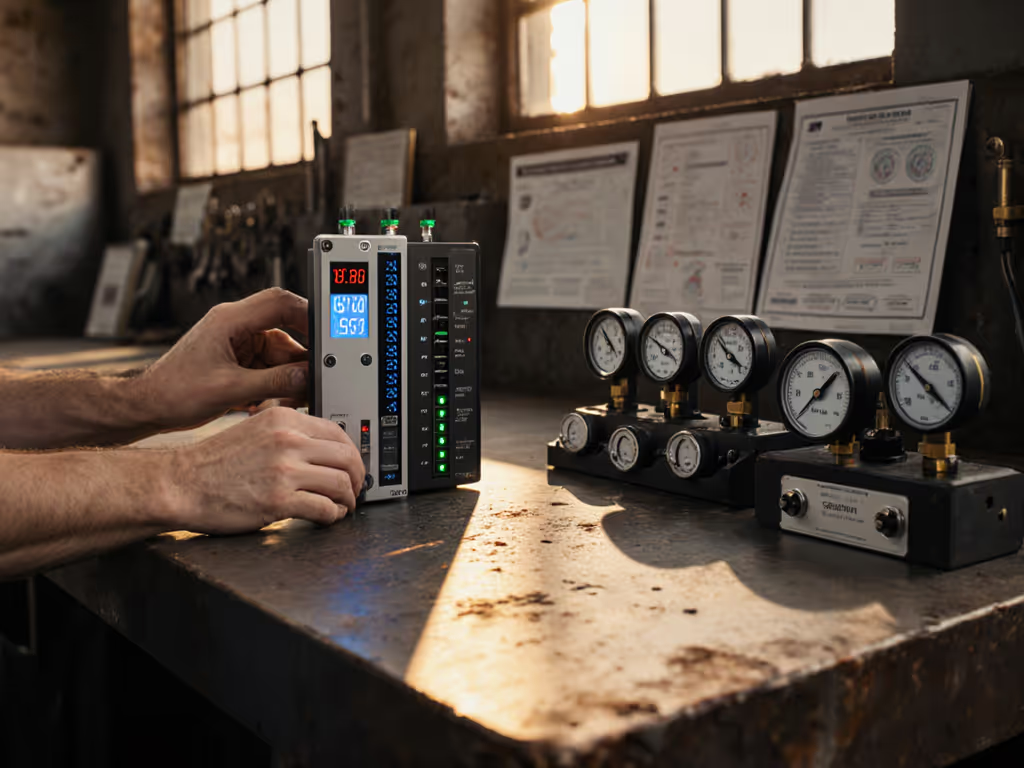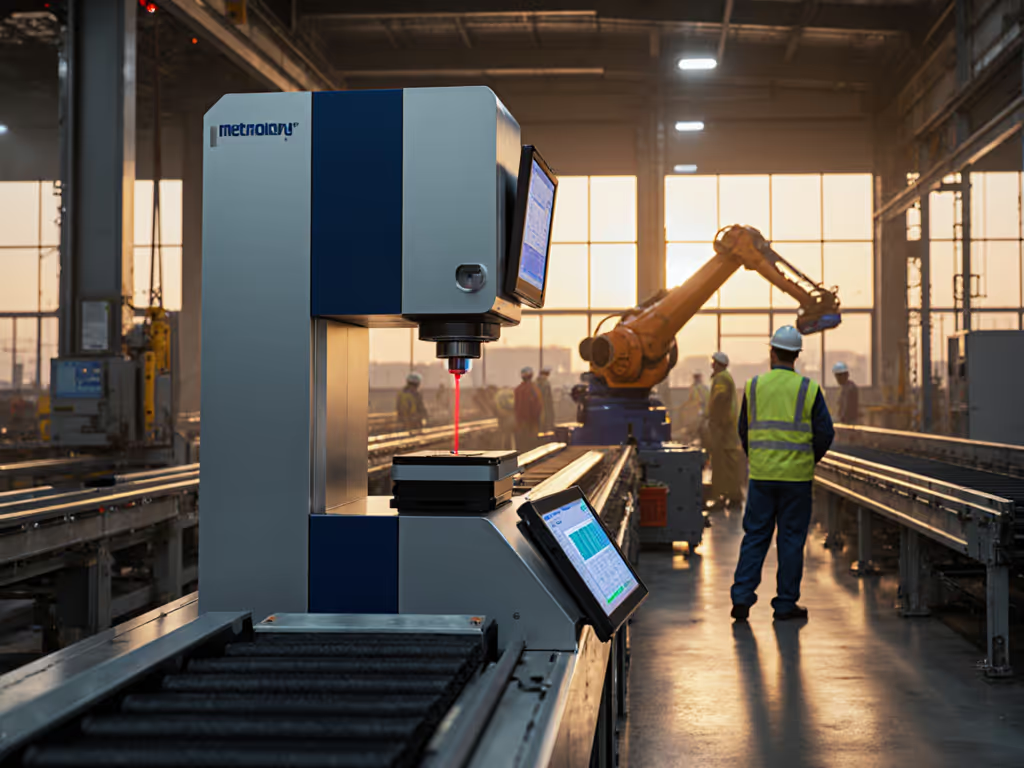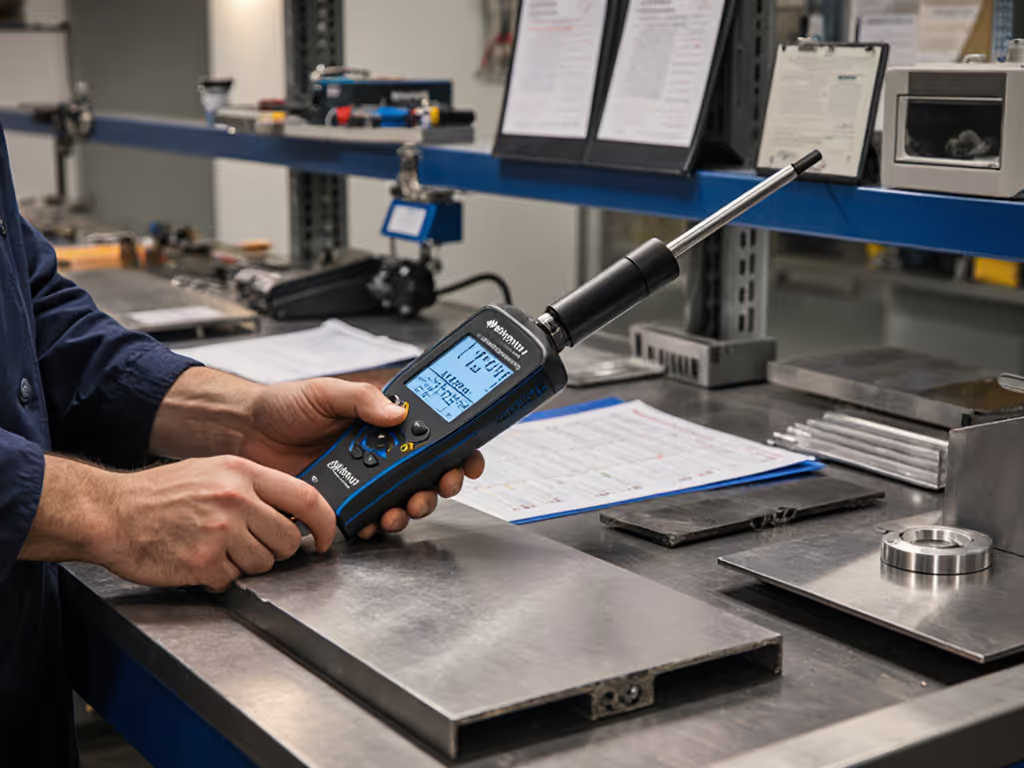
Selecting Semiconductor Metrology Tools: A Data-Driven Comparison
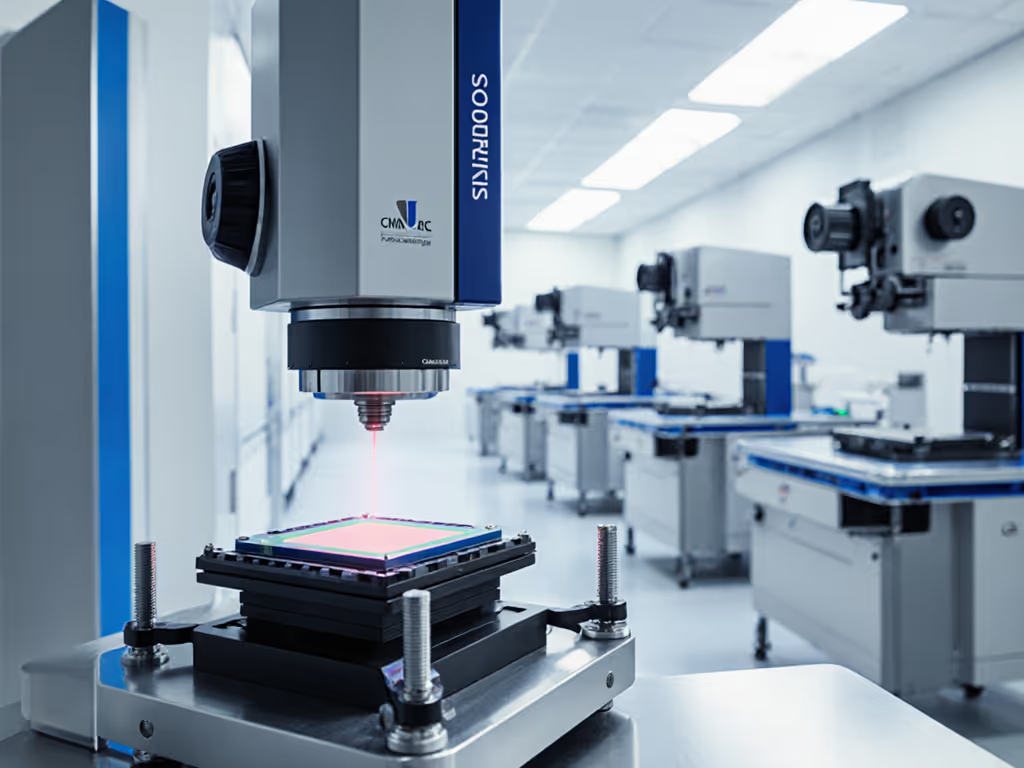
When choosing semiconductor metrology tools, the gap between marketing claims and real-world performance can trigger costly failures in chip manufacturing measurement. Having audited hundreds of metrology systems, I've seen teams waste resources on equipment that passes spec sheets but fails verification protocols. This FAQ cuts through the hype to deliver what you actually need: documentation that survives audit scrutiny and measurements that translate to reliable process control.
This isn't about chasing the latest nanometer breakthroughs. It is about selecting tools that deliver consistent, traceable data your quality system can actually use. If it isn't documented, it is hope, not evidence under pressure.
Critical Questions for Semiconductor Metrology Tool Selection
What's the practical difference between resolution, accuracy, and repeatability in semiconductor contexts?
Marketing materials often conflate resolution with accuracy, a dangerous oversight when working at nanometer scale. Resolution describes how small a change the tool can detect. Accuracy is how close measurements are to a known standard. Repeatability indicates consistency under identical conditions. For a deeper dive into how accuracy differs from precision in practice, see Accuracy vs Precision.
If you're measuring 3nm transistor gates, resolution of 0.1nm looks impressive until you learn the tool requires controlled environment conditions your fab doesn't maintain. That's when your repeatability drops from 0.5nm to 2.3nm, blowing past your control limits without warning.
Evidence links matter here: Verify manufacturer claims with NIST-traceable test certificates showing performance under conditions matching your cleanroom environment. Don't accept "typical" values (they are marketing, not metrology). Document the specific environmental conditions (temperature stability, vibration levels) under which those numbers were achieved.
How do I map process tolerances to the right tool class without overspending?
The 10:1 test accuracy ratio (TAR) rule remains relevant, but many teams misapply it. For a structured decision framework that aligns tool class with tolerance and ROI, see matching tolerance to tool class. For a 5nm tolerance, you need equipment with total uncertainty ≤0.5nm (not just resolution). But uncertainty includes environmental factors, operator technique, and calibration status.
Build your acceptance criteria checklist:
- Required tolerance: Documented in your process FMEA
- Total measurement uncertainty: Must be ≤10% of tolerance (including environment, calibration uncertainty, and operator variation)
- Cleanroom compatibility: Verify ISO Class 1-5 certification, not just "cleanroom suitable"
- Data interface: Must integrate with your SPC system without manual transcription
- Calibration protocol: Must include documented uncertainty budget meeting ISO/IEC 17025
Many teams overpay for tools that exceed requirements. For example, a $2M CD-SEM is unnecessary for monitoring wafer bow in 200mm production where ±1μm tolerance applies. An optical metrology system with 0.2μm uncertainty suffices (and survives audits when properly documented).
What's the truth behind uncertainty budgets in semiconductor measurement?
Most manufacturers publish expanded uncertainty (k=2), but omit critical components:
- Environmental sensitivity: How much does a 0.5°C temperature shift affect measurements?
- Time drift: How much does the tool drift between calibrations?
- Operator dependency: What's the expected variation between technicians?
During a recent audit, a team had perfect calibration certificates but failed when auditors requested their uncertainty budget for critical gate measurements. They had never documented how vibration from adjacent equipment affected their AFM readings. To systematically identify and reduce bias and noise sources, review measurement error types. Risk note: If your uncertainty budget doesn't include process-specific environmental factors, your measurements are unreliable under production conditions.
Demand complete uncertainty budgets showing:
- Type A (statistical) and Type B (systematic) components
- Sensitivity coefficients for environmental variables
- Measurement duration effects (critical for thermal drift)
- Tool-specific contribution to total process variation
Why do cleanroom compatibility claims often mislead buyers?
"Cleanroom compatible" doesn't mean what you think. Some tools:
- Emit particles during operation
- Require maintenance that compromises cleanroom integrity
- Use materials that outgas contaminants
- Generate electrostatic discharge risking wafer damage
Verify cleanroom compatibility with these revision callouts:
- ISO 14644-1 Class 1 certification for the tool itself (not just "suitable for")
- SEMI (Semiconductor Equipment and Materials International) compliance documentation
- Particle emission test reports under actual operating conditions
- Static dissipation ratings matching your fab requirements
During a supplier PPAP, we discovered that a "cleanroom-safe" optical comparator generated unacceptable particles during focus adjustments. Controlled language in documentation prevented a disaster. The specification explicitly required Class 3 certification, which the tool did not meet. Always verify compatibility claims with test data from your specific environment.
How can I verify if a tool will integrate with my process control systems?
The biggest hidden failure point: promised SPC integration that doesn't deliver actionable data. Before purchasing:
- Request sample data exports matching your format requirements
- Verify data timestamp accuracy (critical for correlating measurements with process events)
- Test integration with your specific SPC software version
- Confirm data includes full measurement context (operator, environmental conditions, tool status)
I've seen teams fail MSA studies because their $500K CD-SEM exported only raw measurements without environmental metadata. To turn that metadata into predictive SPC, explore AI in metrology. When auditors asked for evidence of temperature control during measurements, they had nothing (evidence beats memory every time).
Demand a 30-day trial where the tool operates in your production environment with your operators. Document the GR&R results under actual conditions, not manufacturer-controlled demos.
What documentation requirements will survive an audit for semiconductor metrology tools?
Audit failures most often occur when documentation doesn't link measurements to process control. Essential elements:
- Calibration certificates showing traceability to national standards (not just "calibrated")
- Uncertainty budgets specific to your application
- Verification records showing performance against in-house standards between calibrations
- Environmental logs during critical measurements
- Operator training records with demonstrated competence
- Revision-controlled procedures matching the tool's current configuration
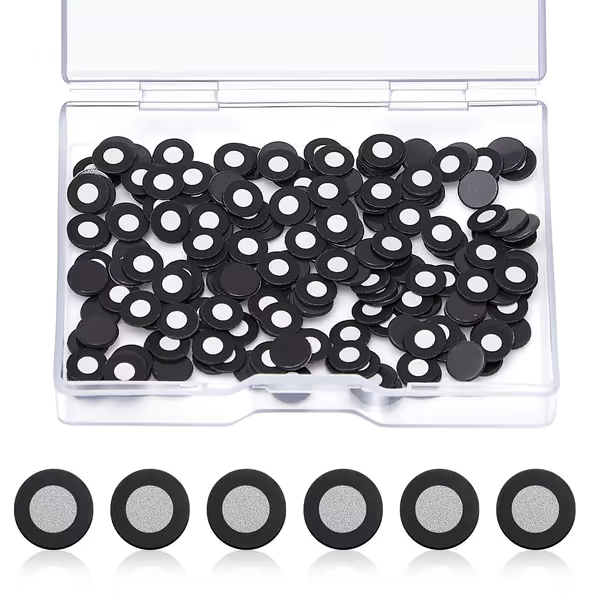
Kingdder 3D Magnetic Tracking Dots
Our team learned this the hard way during a supplier PPAP when a missing revision on a micrometer SOP triggered a stop-ship. The measurements were fine; the paperwork wasn't. We rewrote the work instruction with version control and retrained operators. The next audit took twelve minutes on that station, no questions, just signatures.
How do I evaluate semiconductor metrology tools when marketing claims contradict reality?
Build a skeptic's verification protocol:
- Demand test methods: How were claims verified? With what standards? Under what conditions?
- Request raw data: Not just summary statistics, but the actual measurement sets
- Verify uncertainty components: Ask for the uncertainty budget breakdown
- Test under stress: How does performance degrade at environmental limits?
- Check service history: What's the real calibration interval required to maintain specs?
When evaluating wafer inspection systems, I require vendors to measure a blind set of wafers with known defects. Many tools detect obvious flaws but miss subtle ones that cause field failures. Demand performance data specific to your defect types, not generic "high sensitivity" claims.
For nanometer scale measurement, verify performance with NIST-traceable artifacts at multiple points within your tolerance range, not just at the tool's maximum specification. Real metrology isn't about peak performance, it is about consistent performance where you need it.
Conclusion: Building Audit-Proof Metrology Capability
Selecting semiconductor metrology tools isn't about finding the most precise instrument, it is about implementing measurement systems that deliver reliable process control data your quality system can actually use. The right tool minimizes your audit risk while providing actionable insights for semiconductor process control.
Before purchasing, document exactly how each candidate tool will:
- Survive an ISO 9001 audit with minimal scrambling
- Integrate with your existing documentation structure
- Deliver data that drives process decisions
- Maintain performance under your specific fab conditions
Further Exploration:
- Review SEMI E172 Standard for Measurement System Analysis
- Study NIST Technical Note 1297 on uncertainty evaluation
- Download our free checklist: "12 Audit Questions Every Metrology Tool Must Answer"
- Request a vendor assessment template showing required documentation evidence
Remember: Consistency and documentation convert good measurements into reliable decisions. Your audit survival depends on it, not just the tool's specifications.

